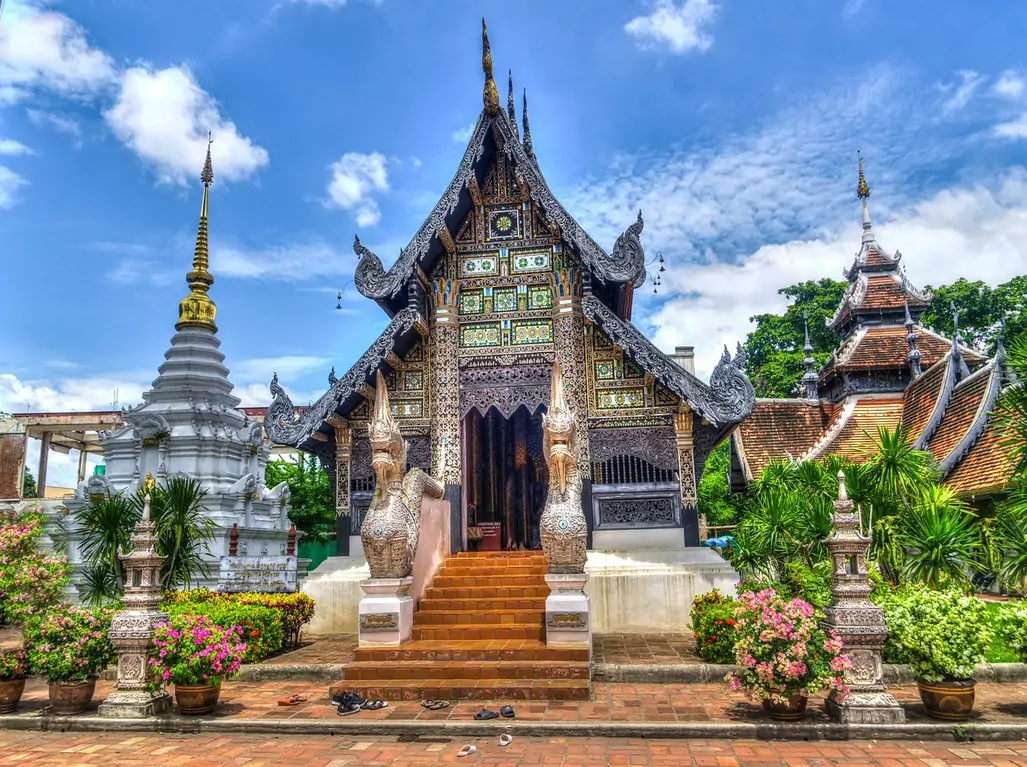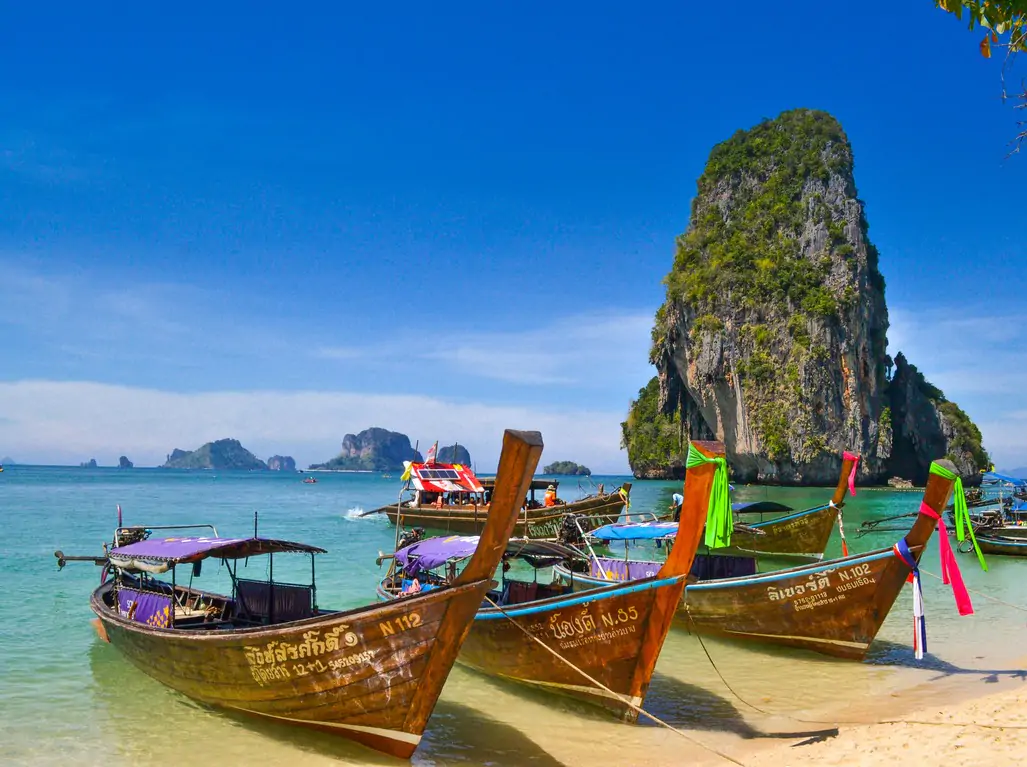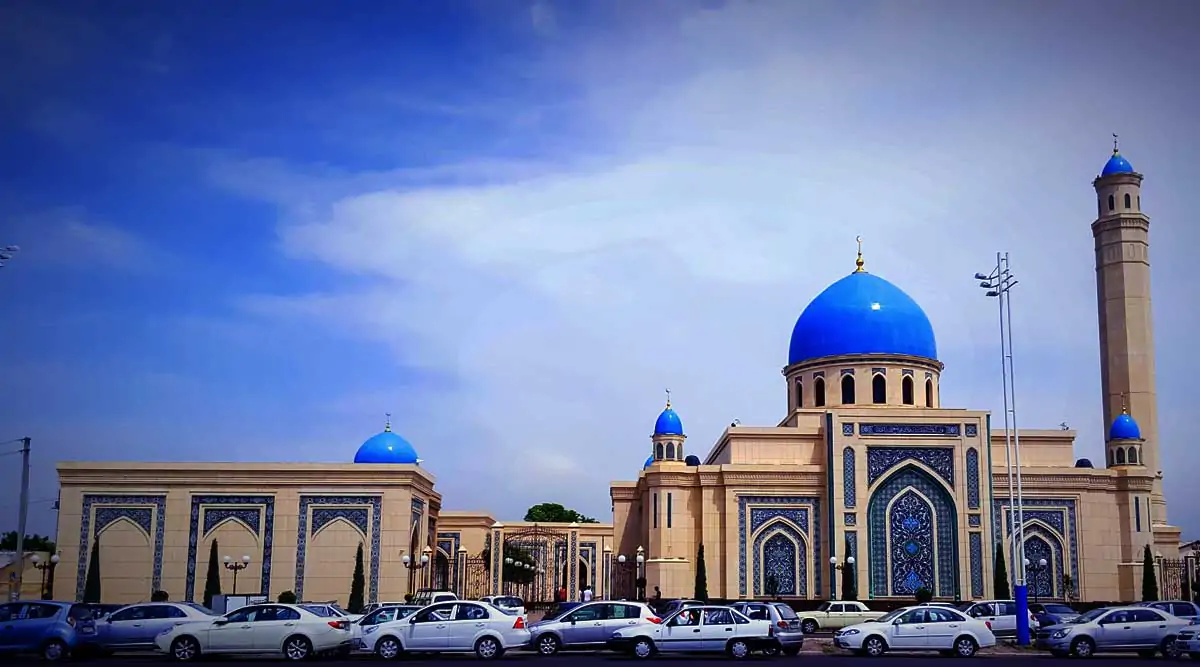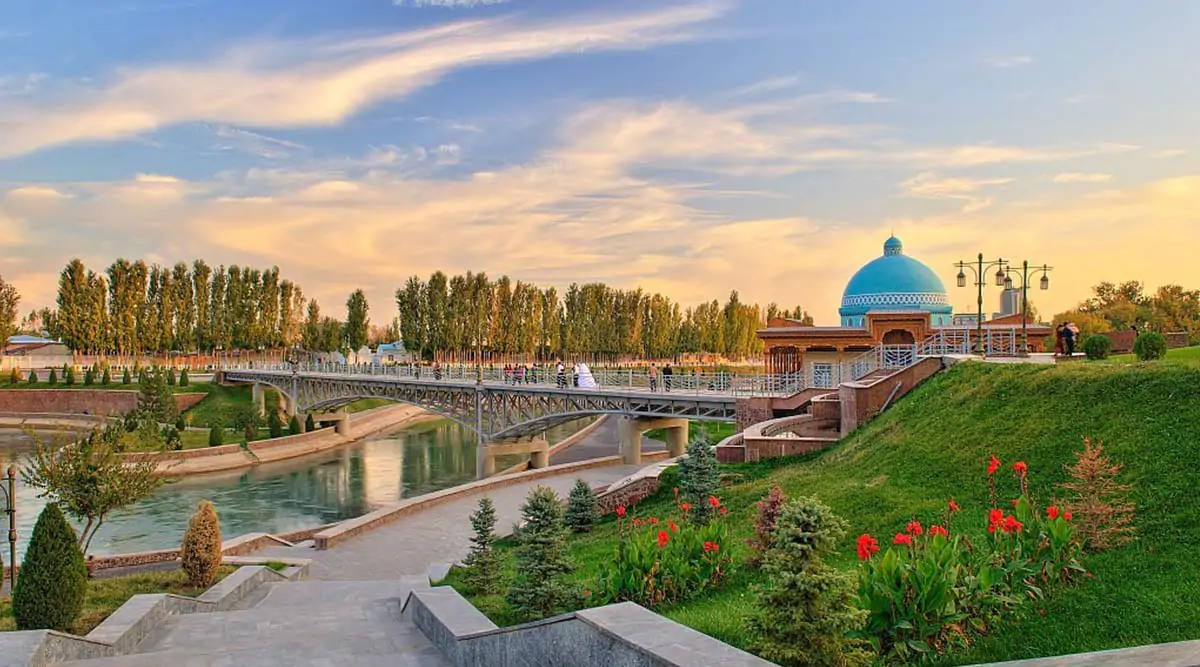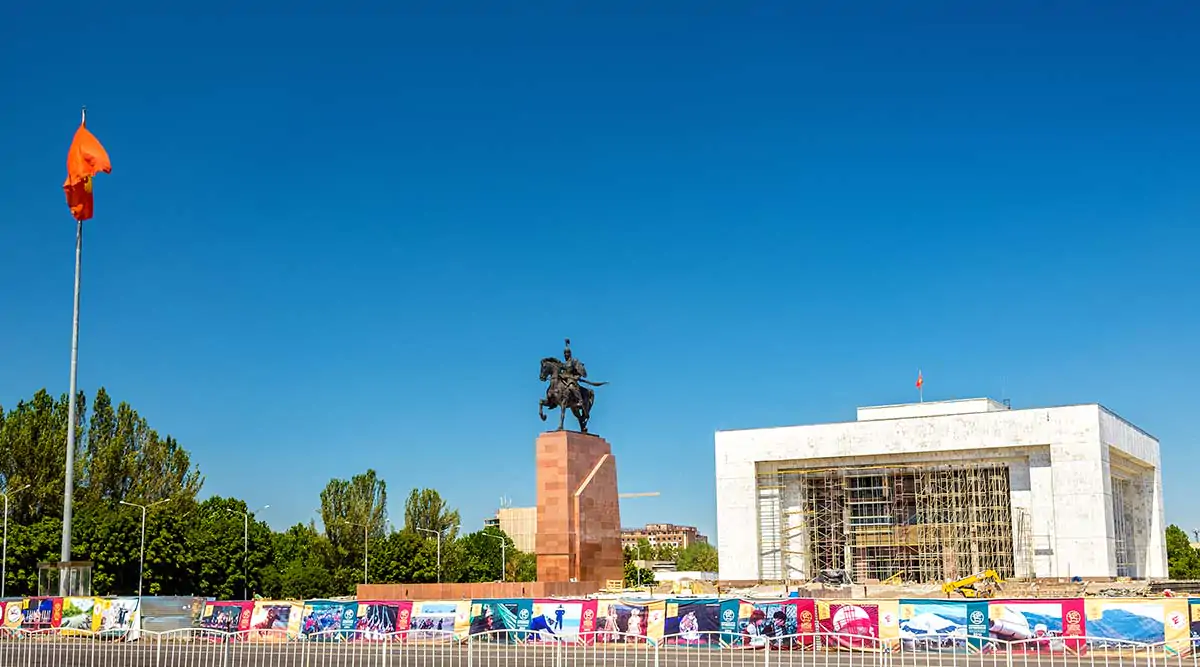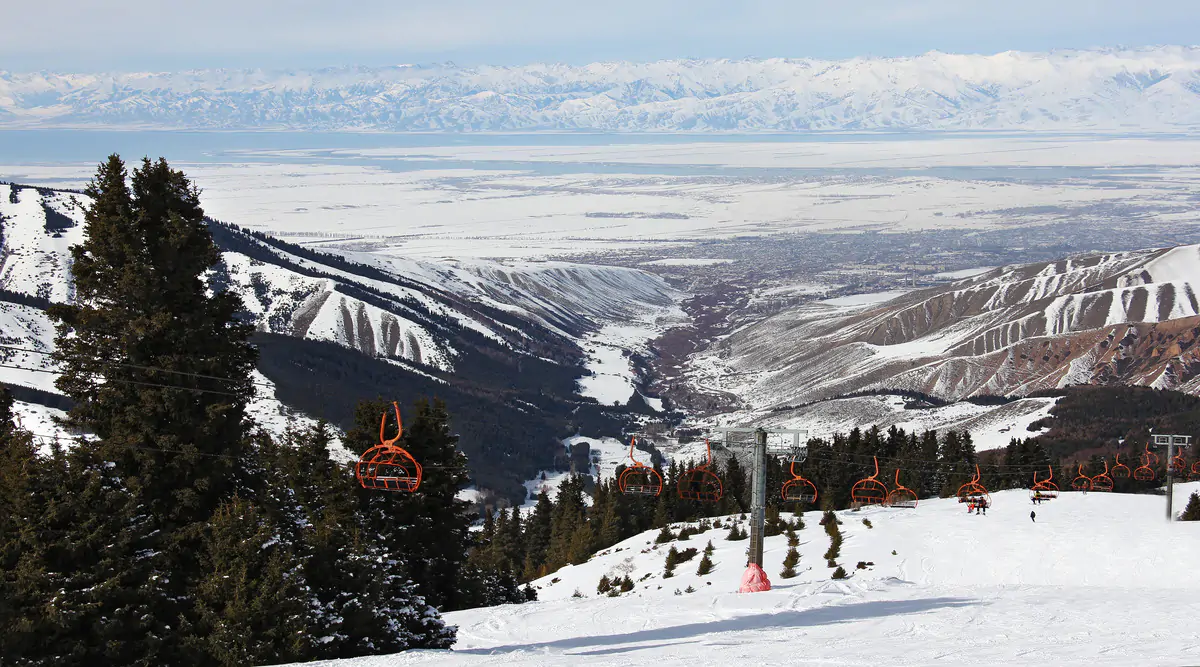Thailand Tour Packages – Thailand Fixed Departures Ex Delhi 04 Nights / 05 Days
Destination Details
- Flight
- Food
- Sight Scene
- Travel Guide
- Transport
Package Overview
Bangkok shopping provides the shoppers the experience of delighting and thrilling. To blow your Baht, Bangkok is home to all types of places from the towering size of modern & air-conditioned malls and gleaming chrome to the hustle and bustle of its popularly buzzing street markets. This city owns a potentially exhausting and equally exhaustive variety of things to purchase everything from the latest pair of trainers and antiquities to designer jewelry available.
Arrive Bangkok
On arrival at Bangkok airport, you will be met and transferred by our local representative to your Pattaya hotel. In the evening, You will have the day free for leisure and local Surrounding. Overnight in Pattaya.
Full-day Coral Island by Speed Boat
After the breakfast at hotel will A fascinating tour in Coral Island
.Meals Breakfast And Lunch
Free at Leisure
This morning, enjoy a leisure day.
Meals:Breakfast
Pattaya to Bangkok
Transfer from Pattaya to Bangkok
MealBreakfast
Bangkok – Airport
After the Breakfast time to check out the hotel and finish the trip with different & new Experience of Thailand You will be transferred by SIC to the Airport to take flight Back To the home with happy mem
Meals:Breakfast
ories .- Return economic class airfare DEL – BKK – DEL
- 3 Nights stay in Pattaya
- 1 Nights stay in Bangkok
- Daily breakfast
- HALF-DAY CORAL ISLAND TOUR INCL. LUNCH – SIC Basis
- All airport hotel transfer and Sightseeing on SIC Basis
- Tips.
- Visa on arrival cost THB 2000.
- Porterage.
- Expenses of Personal Nature;
- Anything not mentioned in the package inclusions.
Travel Guide
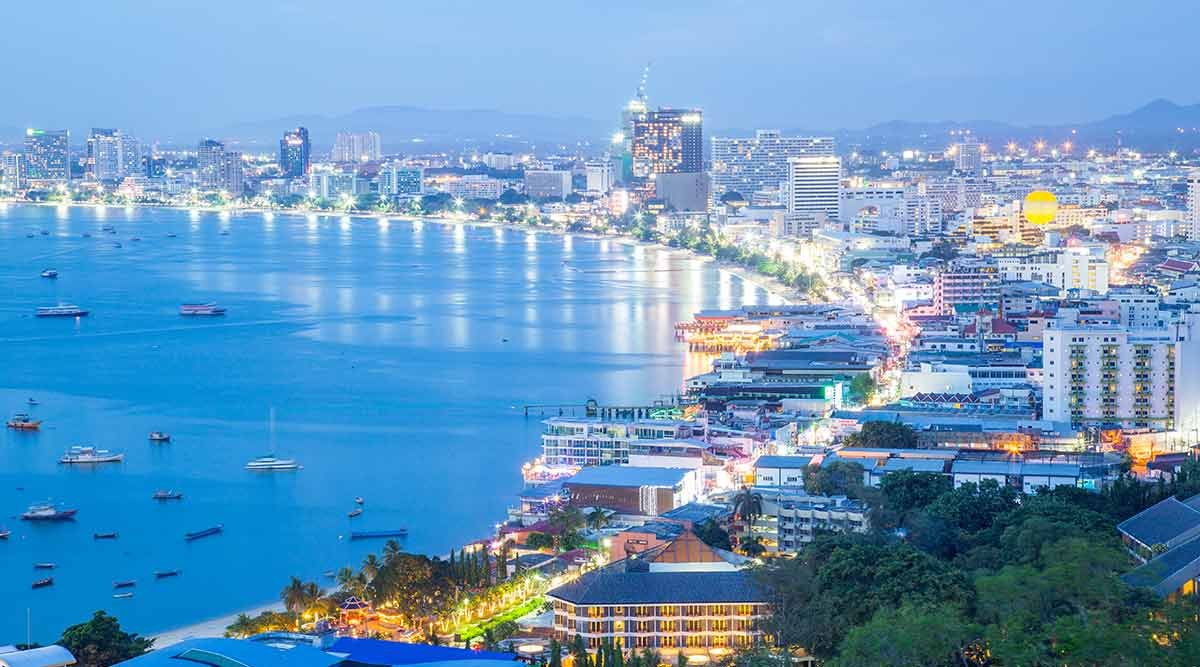
- THAILAND
- BANGKOK
- 513,120 KM
- 34°C, WIND
- 4:10 PM
- THAI BAHT
- THAI
- 67.01 MILLION
General Information About Thailand
Thailand is a country on Southeast Asia’s Indochina peninsula known for tropical beaches, opulent royal palaces, ancient ruins and ornate temples displaying figures of Buddha, a revered symbol. In Bangkok, the capital, an ultramodern cityscape rises next to quiet canal and riverside communities. Commercial hubs such as Chinatown consist of labyrinthine alleys crammed with shophouses, markets and diners.
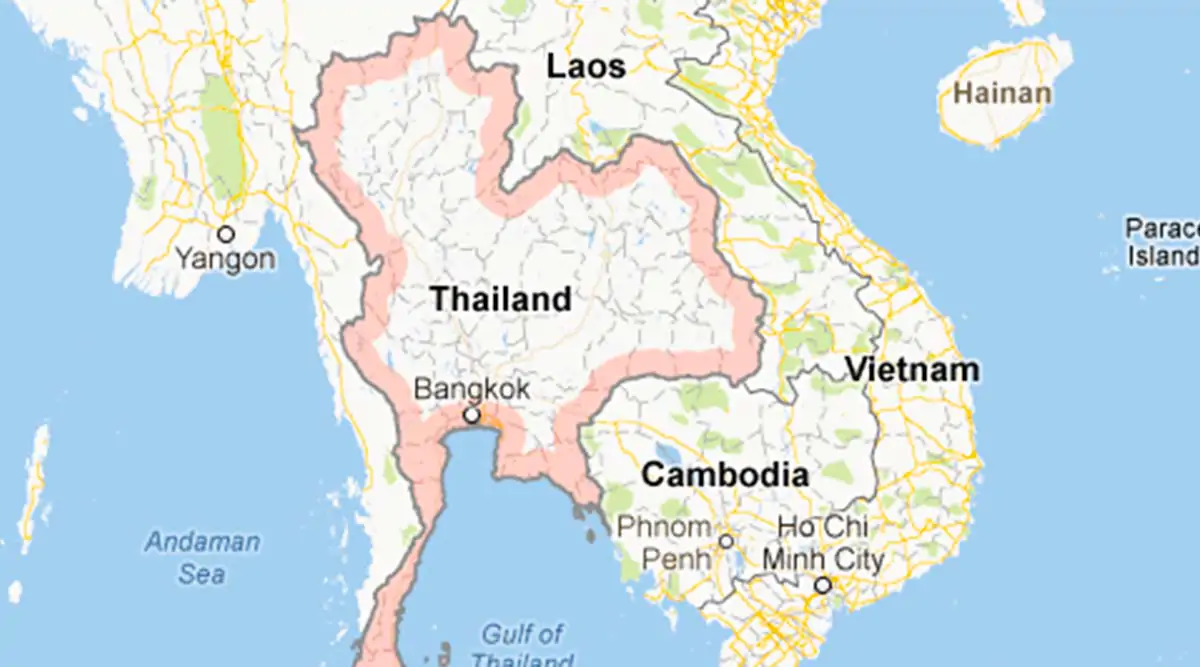
Thailand means “Land of the Free” and throughout the country’s 800-year history,the Thai people can boast the distinction of being the only country in Southeast Asia never to have been colonized. Formerly known as Siam to Foreigners who first came to this region as early as the 12th Century, the country’s name was changed to Thailand with the advent of a democratic government. Long before the emergence of what is conventionally called the Thai Kingdom curing the 12th Century, the area known as Chao Phraya valley, was inhabited by ancient civilizations that can be traced back to pre-historic times. By far the most important archaeological discoveries confirming these ancient people were made in the tiny village of Ban Chiang near Udon Thani in the Northeast. Systematic excavation of Ban Chiang began only two decades ago, revealing painted pottery, jewellery, bronze and iron tools. Settlement began about 3600 B.C. The Ban Chiang people, farmed rice, domesticated their animals, and were skillful potters
But even before human beings roamed the northeastern plateau, the region was once home to a more ancient of animal the dinosaur, In 1984, fossils from a plant-eating dinosaur were found in Phu Wiang province, and was named Phuwiangosaurus Siamontyrannus isanensis, a fierce meat-eating ancestor of the infamous Tyrannosaurus rex. Over the centuries, the area was influenced by various cultures, from the Indians in the 3rd Century, the Mons between the 6th to the 11th Century, and the Khmers who built the wondrous Angkor Wat and who also left their legacy in the form of numerous stone sanctuaries scattered across the Thai Kingdom. Thailand dominant culture is believed to have arrived with tribes who moved down from southern China almost a thousand years ago. They settled in what is now northern Thailand before expanding south to the rich plains and valleys, gradually asserting their independence from existing Khmer and Mon Kingdoms.
Early kingdoms
With no written records or chronologies it is difficult to say with certainty what kind of cultures existed in Thailand before the middle of the first millennium AD. However, by the 6th century an important network of agricultural communities was thriving as far south as modern-day Pattani and Yala, and as far north and northeast as Lamphun and Muang Fa Daet (near Khon Kaen). Theravada Buddhism was flourishing and may have entered the region during India’s Ashoka period, in the 3rd or 2nd century BC, when Indian missionaries are said to have been sent to a land called Suvannabhumi (Land of Gold). Suvannabhumi most likely corresponds to a remarkably fertile area stretching from southern Myanmar, across central Thailand, to eastern Cambodia. Two different cities in Thailand’s central river basin have long been called Suphanburi (City of Gold) and U Thong (Cradle of Gold).
Modernisation
Commonly known as King Mongkut (Phra Chom Klao to the Thais), Rama IV was a colourful and innovative Chakri king. He originally missed out on the throne in deference to his half-brother, Rama III, and lived as a Buddhist monk for 27 years. During his long monastic term he became adept in Sanskrit, Pali, Latin and English, studied Western sciences and adopted the strict discipline of local Mon monks. He kept an eye on the outside world and, when he took the throne in 1851, immediately courted diplomatic relations with a few European nations, taking care to evade colonisation. In addition, he attempted to demythologise Thai religion by aligning Buddhist cosmology with modern science, and founded the Thammayut monastic sect, based on the strict discipline he had followed as a monk. King Mongkut loosened Thai trade restrictions and many Western powers signed trade agreements with the monarch. He also sponsored Siam’s second printing press and instituted educational reforms, developing a school system along European lines. Although the king courted the West, he did so with caution and warned his subjects, ‘Whatever they have invented or done which we should know of and do, we can imitate and learn from them, but do not wholeheartedly believe in them’. Mongkut was the first monarch to show his face to Thai commoners in public. Mongkut’s son King Chulalongkorn (known to the Thais as Rama V or Chula Chom Klao; r 1868–1910) continued his father’s tradition of reform, especially in the legal and administrative realms. Educated by European tutors, Rama V abolished prostration before the king as well as slavery and corvée (state labour). Siam further benefited from relations with European nations and the USA: railways were built, a civil service was established and the legal code restructured. Although Siam still managed to avoid European colonisation, the king was compelled to concede territory to French Indochina (Laos in 1893 and Cambodia in 1907) and British Burma (three Malayan states in 1909) during his reign.
Rama V’s son King Vajiravudh (Mongkut Klao or Rama VI; r 1910–25), was educated in Britain and during his reign he introduced educational reforms, including compulsory education. He further ‘Westernised’ the nation by conforming the Thai calendar to Western models. His reign was clouded by a top-down push for Thai nationalism that resulted in strong anti-Chinese sentiment. Before Vajiravudh’s reign Thai parents gave each of their children a single, original name, with no surname to identify family origins. In 1909 a royal decree required the adoption of Thai surnames for all Thai citizens – a move designed to parallel the European system of family surnames and to weed out Chinese names. In 1912 a group of Thai military officers unsuccessfully attempted to overthrow the monarchy, the first in a series of coup attempts that have plagued Thai history. As a show of support for the Allies in WWI, Vajiravudh sent 1300 Thai troops to France in 1918.
Stabilisation
Prem served as prime minister until 1988 and is credited with the political and economic stabilisation of Thailand in the post-Vietnam War years (only one coup attempt in the 1980s!). The major success of the Prem years was a complete dismantling of the Communist Party of Thailand (CPT) and PLAT through an effective combination of amnesty programmes (which brought the students back from the forests) and military action. His administration is also considered to have been responsible for a gradual democratisation of Thailand that culminated in the 1988 election of his successor, retired general and businessman Chatichai Choonhavan. Prem continues to serve as a privy councillor and is a rátthàbùrùt (elder statesman) of the country. It may be difficult for later arrivals to Thailand to appreciate the political distance Thailand covered in the 1980s. Under Prem, for example, a long-standing 1am curfew in Bangkok was lifted, and dissenting opinions were heard again in public. Ever since 1932 every leading political figure in Thailand has needed the support of the Thai military to survive.
Considering Thailand’s geographic position during the Cold War years, it’s not difficult to understand their influence. But as the threat of communist takeover (either from within or from nearby Indochinese states) diminished, the military gradually began loosening its hold on national politics. Under Chatichai Thailand enjoyed a brief period of unprecedented popular participation in government. Around 60% of Chatichai’s cabinet members were former business executives rather than the ex-military officers in the previous cabinet. Thailand entered a new era in which the country’s double-digit economic boom ran concurrently with democratisation. Critics praised the political maturation of Thailand, even if they also grumbled that corruption seemed as rife as it ever was. By the end of the 1980s, however, certain high-ranking military officers had become increasingly dissatisfied, complaining that Thailand was being run by a plutocracy.
Musical chairs & a new constitution
The September 1992 elections squeezed in veteran Democrat Party leader Chuan Leekpai, who helmed a four-party coalition government. A food vendor’s son and native of Trang Province instead of a general, tycoon or academic, the new premier didn’t fit the usual mould. Although well regarded for his honesty and high morals, Chuan accomplished little in the areas of concern to the majority of Thais, most pointedly Bangkok traffic, national infrastructure and the undemocratic NPKC constitution. After Chuan was unseated in a vote of no confidence, a new general election ushered in a seven-party coalition led by the Chart Thai (Thai Nationality) Party. At the helm was billionaire Banharn Silapa-archa, whom the press called a ‘walking ATM’; they immediately attacked his tendency to appoint from a reservoir of rural politicians known to favour big business over social welfare. In September 1996 the Banharn government collapsed amid a spate of corruption scandals and a crisis of confidence. The November 1996 national election, marked by electoral violence and accusations of vote buying, saw the former deputy prime minister and army commander Chavalit Yongchaiyudh, of the New Aspiration Party, secure premiership with a dubious mix of coalition partners.
In July 1997, following several months of warning signs that almost everyone in Thailand and in the international community chose to ignore, the Thai currency fell into a deflationary tailspin and the national economy crashed and screeched to a virtual halt. Along with Indonesia, Malaysia, the Philippines and South Korea, Thailand had huge current-account deficits, massive external debt and low foreign-exchange reserves. Asia was borrowing billions more than it could afford on the basis of optimistic predictions of future growth. On 27 September 1997 the Thai parliament voted in a new constitution, Thailand’s 16th since 1932 and the first to be decreed by a civilian government. Known as rátthàthamanun pràchaachon (people’s constitution) it put new mechanisms in place to monitor the conduct of elected officials and political candidates and to protect civil rights, achieving many of the aims of the prodemocracy movement. Hope faded as Chavalit, living up to everyone’s low expectations, failed to deal effectively with the economy and was forced to resign in November 1997. An election brought Chuan Leekpai back into office, where he did a reasonably decent job as an international public-relations man for the crisis.
Bangkok
Bangkok certainly lives up to its reputation as a travel hot spot in Southeast Asia. The 'City of Angels' has funky markets, up market malls, a riverside full of surprises, a vibrant nightlife scene, many fabulous sights and attractions that reflect its unique heritage, and much, much more. Say goodbye to traffic jams – thanks to the city's modern skytrain and underground systems that cover a large area. Or explore the riverside area by a long-tail speedboat or river taxi. Whether your trip is for business or pleasure, Bangkok bursts with exciting opportunities.
Pattaya
Pattaya is formally a fishing village, it was the first holiday beach nearest to Bangkok. Pattaya city turned itself from an ordinary fishing village into a world famous holiday beach resort of Asia and the world. Pattaya is about 150km away from Bangkok. The easiest way to reach Pattaya is by road, which is less than 2 hours, by new express way Toll way from the airport to Pattaya. The transport service from the airport supported by different company such as normal Taxi, Limousine, or chauffeur drive and Bus. You can find huge accommodation services provided to meet your need. From low prices hotel to most Luxury Resort
Phuket
Located approximately 862 kilometers south of Bangkok is Phuket, Thailand's largest island, which is often dubbed as the "Pearl of the Andaman", or the pearl of the south. Its natural resources- rocky peninsular, limestone cliffs, white powdery beaches, tranquil broad bays and tropical in-land forests contribute to making it the South's wealthiest, busiest, most visited and most popular island and province. Phuket is divided into 3 administrative counties namely Amphoe Muang, Amphoe Thalang and Amphoe Kathu.
Hua Hin
Hua Hin is as opposed to any other seaside destination in Thailand. Hua Hin could very well be what you're looking for. Hua Hin has a unique personality all its own. Hua Hin became well-known as a stormy period escape in the 20's with the development of the train range from Bangkok. The wonderful, northeastern design Railway Resort was designed near Hua Hin's well-known stones in 1923 by the Condition Railway Power, which also designed Thailand's first community tennis course in Hua Hin in 1924. This set the level for Hua Hin's reputation and exclusive atmosphere which continues to be to this day.
Koh Samui
Koh Samui is well-known getaway for region slow paced life, and the speed of life here certainly is relaxing. With its amazing seashores, exotic personality and tremendous mountain internal Koh Samui is a company preferred among discriminating visitors to Thailand. There are few places in Thailand which feature such a innovative and well developed vacationer facilities. Known as the 'boutique' region, Koh Samui offers outstanding accommodations. Go going off Koh Samui, or discover the island’s on your own.
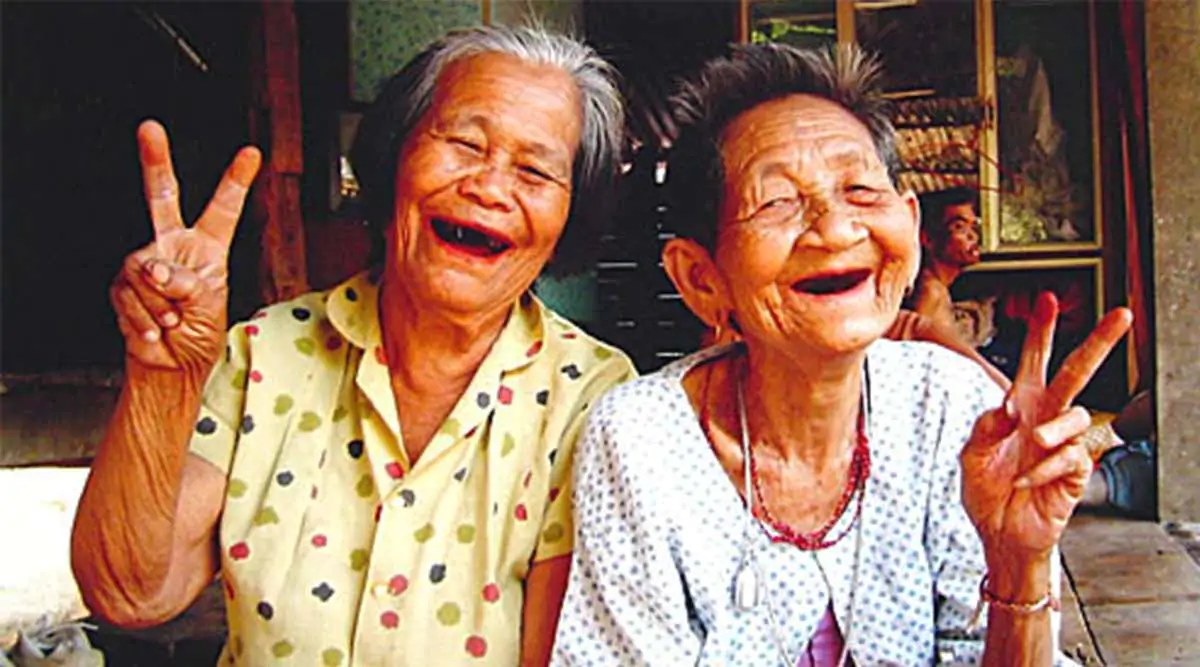
People Of Thailand
They always give you the warmest, friendliest smile – if you smile first. The street hustlers are not scamming you, they just try to make a living. They serve the man first, but give the woman the larger portion. No matter how early you get up in the morning, most of them will already be awake and working. They have the most innocent sense of humor.
When to go
The best time to visit most of Thailand is between November and February, because it rains the least and it is not too hot. This period is also Thailand’s main season for festivals, like Loi Krathong. If you plan to focus on the Northern provinces, the hot season (March to May) and early rainy season (June to July) are not bad either, as temperatures are moderate at higher elevations. Northeastern and central Thailand, on the other hand, are best avoided from March to May, when temperatures may climb over 40°C. Because temperatures are more even year-round in the south (because it’s closer to the equator), the beaches and islands of southern Thailand are a good choice for respite when the rest of Thailand is miserably hot. Thailand’s peak tourist season runs from November to late March, with secondary peaks in July and August. If you want to avoid crowds and take advantage of discounted room rates, consider travelling during the least crowded months (typically April to June, September and October).
Although the rainy season (roughly July to October) gets a bad reputation, there are some bonuses: temperatures tend to be cooler, tourists are fewer and the landscape is lush and green. Depending on the region and the month, the rains might be hour-long downpours in the afternoon. October, however, tends to be the wettest month. The rainy season in Southern Thailand lasts longer than that of North and Central Thailand, so your planning needs a little more attention if you're hoping for sunshine. Generally speaking most of the rain falls along the south-west coast. The small rainy season starts in May, when rains showers can be infrequent and unpredictable. This monsoon season lasts until mid June. The monsoon starts again in August and peaks in October around Phuket, Krabi and Ko Raya. Around November, Ko Samui, Ko Pha Ngan and Ko Tao will bear the full brunt of the rains so don't expect bikini weather until December, when it's generally sunny everywhere.
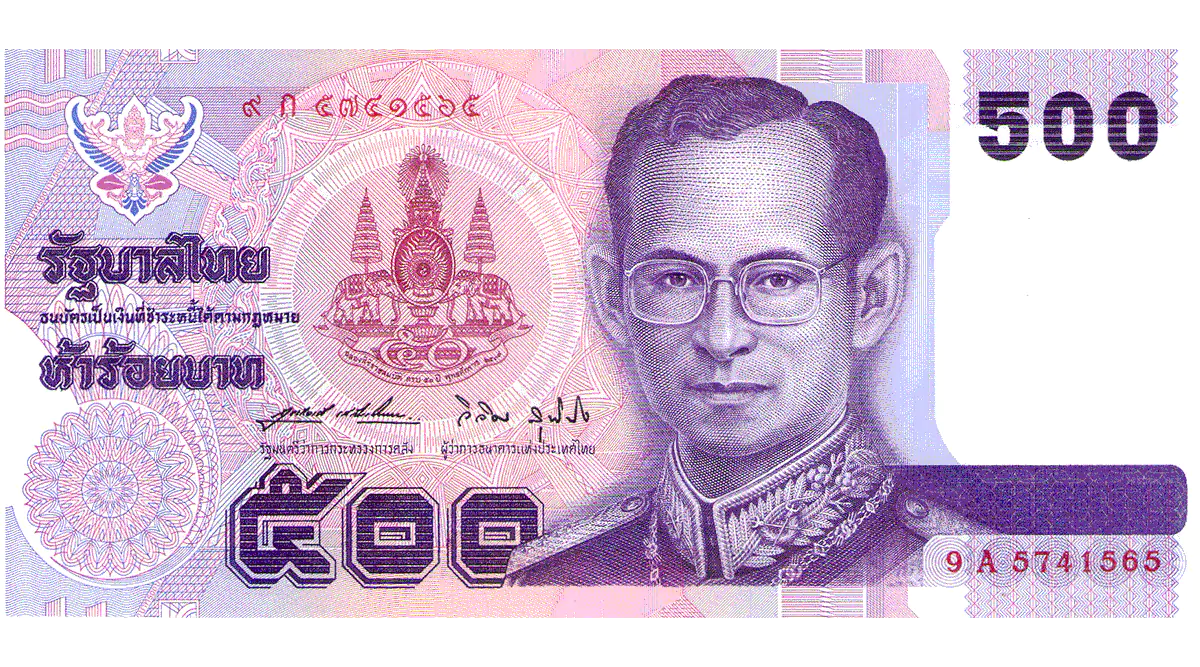
Currency Of Thailand
The Thai Baht is the currency of Thailand. Currency rankings show that the most popular Thailand Baht exchange rate is the THB to EUR rate. The currency code for Baht is THB, and the currency symbol is ฿. Thailand’s currency is Baht. Bills come in denominations of 1000, 500, 100, 50 and 20. Coins are 10, 5, 1 and tiny satangs. Satangs are quarter fractions of 1 and are not widely used. Most international currencies and Travellers Cheques can be exchanged at banks or local moneychangers. Major credit cards are accepted in major establishments as well as at moneychangers. You can get a cash advance on your credit card at most banks and transfer funds into the country, the latter usually taking a few working days. Western Union outlets are relatively common and easy to access. There are many ATM’s throughout the country, usually with optional displays in English. International ATM cards with the Cirrus symbol link may be used at most ATM’s, although there may be a hefty transaction fee.

Nighlife Of Thailand
This country have the world wide reputation for a rowdy and wild night life. The night life entertainment, the world's famous entertainment there is. The night life in Thailand is relaxed and very "sanook" fun and enjoyable. You don't have to change your clothes or dress up nice, before you know you are part of the famous night life on your holiday. The Kingdom have some popular and very famous night life area's in different city's from the North to the South. From Phuket to Bangkok, from Pattaya to Koh Samui. Enjoy the great night life when you be here, for all is something what you like in this amazing country. The most well know entertainment venues are the beer bars, the typical themed bars and pubs, the local popular karaoke bars, the dancing coyote clubs, the top entertaining go go bars, the several different styles night clubs and discotheques.
Some tourists like the beer bars, some like the beautiful dancing girls at the go go bar and others like to spend the night in One of the many discotheques this wonderful country have. Thailand is rightly famous for its nightlife. The kingdom has some of the best clubs playing the latest music, and not all of them in the capital - Thailand’s islands host world-class music venues and events (like “Full Moon Parties”) as do some of the regional capitals such as Chiang Mai. The kingdom also represents excellent value for film goers - ticket prices are much cheaper than in many other parts of the world and most of the country’s cinemas are top of the range. Aside from that, the country also has world-class shows (cabaret, etc.) and the world’s top performing artists grace Thailand’s shores on a regular basis – so far in 2005, Sting and Marilyn Manson with a host of others planned for the rest of the year. Wherever you are in Thailand, a great time can be had by all – whatever your taste in nightlife. Thailand is the country that actually knows how to celebrate and rejoice. It is loaded with more pubs and bars per square kilometer than you could imagine. Yes! Thailand is crowded with bars, disco, karaoke and its nightlife is unrivaled and anywhere in Thailand Whatever your taste or budget.
Language Of Thailand
The Thai language is comprised of 44 consonants, 32 vowels and five tones in Thai pronunciation, along with a script that has Indian origins. The Thai language, belonging to the Tai family, is the main language in Thailand although there are several regional dialects as well. Other languages spoken in Thailand are Chinese, Lao, Malay and Mon-Khmer, while English use is becoming more prevalent in government and commerce. English is also being taught as a second language in secondary school and universities, which enables the English speaking visitor in Thailand to have little trouble conversing. Thai is a tonal monosyllabic language. The same word can be said in five different ways - normal or middle tone, high, low, rising and falling. In Thai the meaning of single syllable may be alter in five different tones. Thai is one of the oldest languages in East and South-East Asia. According to linguist, it may event pre-date Chinese, at least in its prototypical form. Many of the so-called "loan-words" thought to be borrowed from Chinese by the Thais actually have an Austro-Thai origin. At any rate, Chinese and Thai have many similarities, since both are monosyllabic tonal languages.
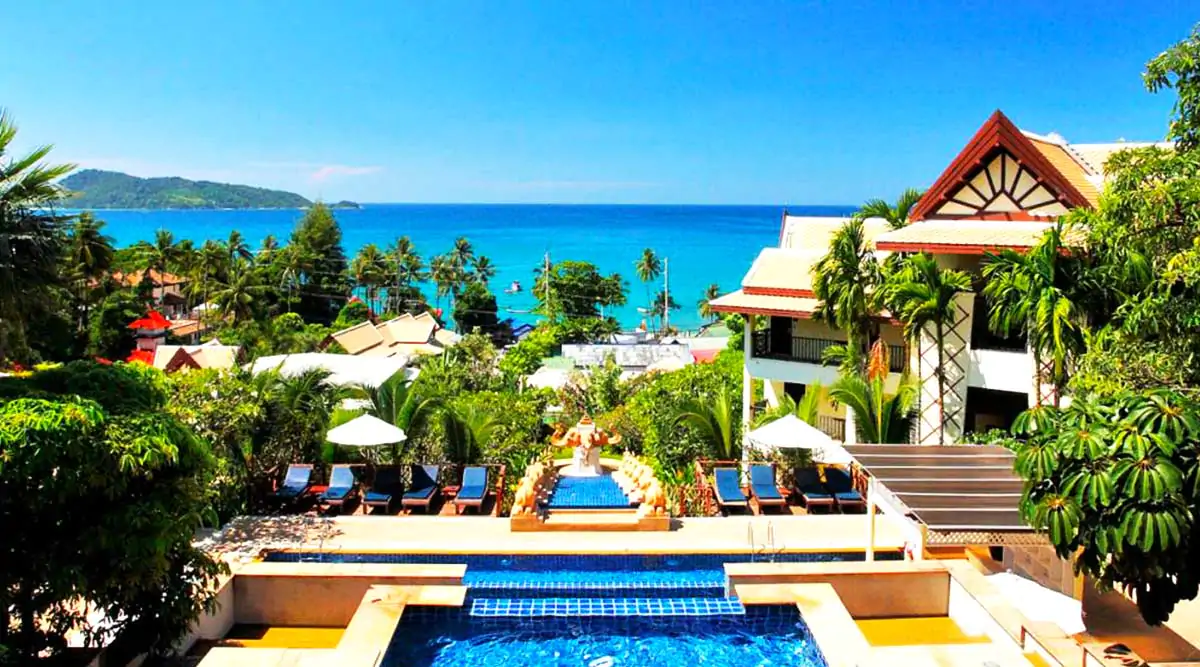
Blue Marine Resort & Spa
Colombo
Thailand,Bangkok
Prabaramee Road Patong, Kathu, Phuket, Idyllically located on a peaceful cliff, The Blue Marine Resort & Spa is surrounded by tropical forest. Listen to the sound of nature from the nearby stream that passes through the resort.The Blue Marine Resort & Spa, designed in Thai Contemporary Style, gives you both Thai and Western amenities.One of our most important commitments is your satisfaction and good impression of our service. As soon as you set foot in this resort, you will feel different.

The Seasons Bangkok Huamark
Thailand,Bangkok
5 ramkhamhaeng soi 15 ramkhamhaeng rd , huamark, bangkapi, Bangkok The Seasons Bangkok Huamark is an economy hotel located in Ramkamhaeng area, giving you comfort and style and exemplary service. We welcome you with a smile 24 hours and assure you of quality and convenience with professional hospitality staff members. The Seasons Bangkok Huamark offers casual dining, flexible breakfast options, 24-hours room service, meeting facilities, and covered car parking. Come and stay with us and really enjoy your holiday










